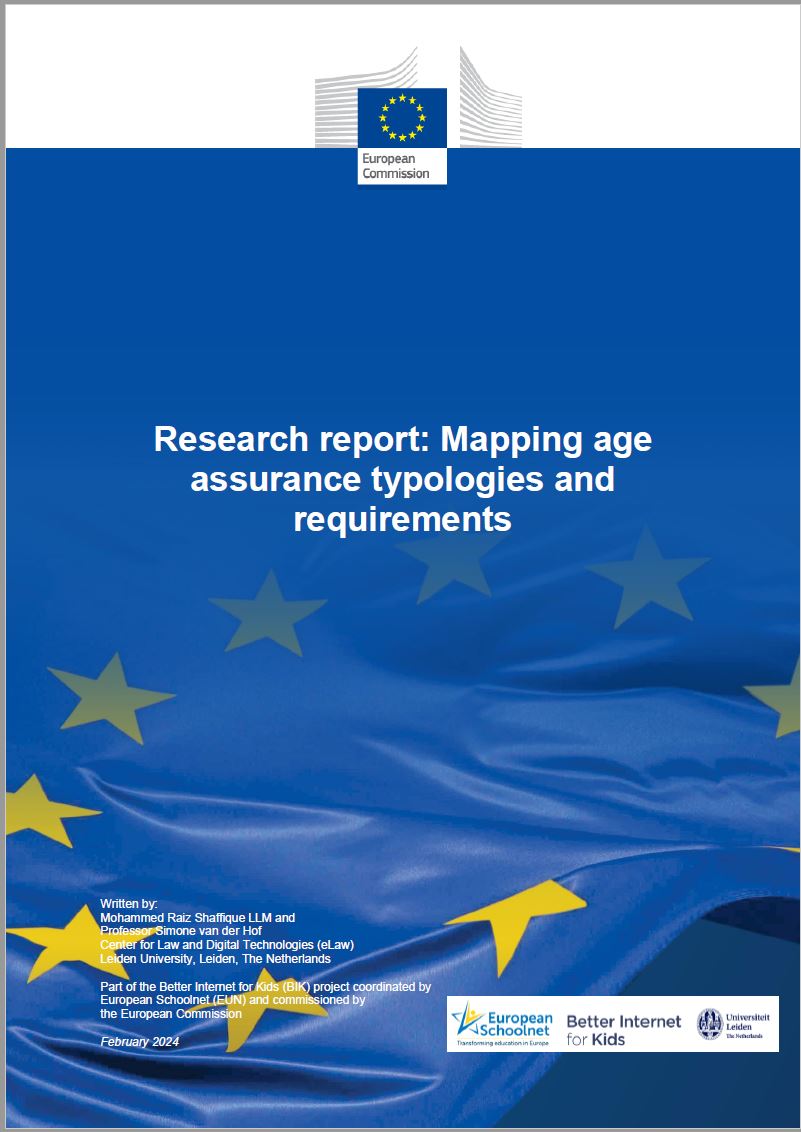
EC
The internet offers children and young people many opportunities for growth and empowerment. However, alongside these benefits come risks, including exposure to age-inappropriate content, conduct, contact, and consumer practices. Age assurance is one of the solutions to protect children online, as mentioned in the Digital Services Act (DSA), the Audiovisual Media Services Directive (AVMSD) and the Better Internet for Children+ (BIK+) strategy.
The European Commission (DG Connect) therefore commissioned this study under the BIK+ strategy, to outline both the legal and practical aspects of age assurance, detailing its necessity, methods, and associated challenges.
Age assurance refers to the methods used to determine an individual's age with different levels of confidence or certainty. They can be grouped into three main categories: age estimation, age verification, and self-declaration. Digital service providers bear the primary responsibility for ensuring proportionate age assurance.
Age verification, which offers most certainty, is necessary when age-related eligibility is crucial to protect the child from significant potential harm, such as exposure to adult or violent content at a young age.
This report considers ten main methods of age assurance and their advantages and disadvantages: (1) Self-declaration; (2) Hard identifiers; (3) Credit cards; (4) Self-sovereign identity; (5) Account holder confirmation; (6) Cross-platform authentication; (7) Facial age estimation; (8) Behavioural profiling; (9) Capacity-testing; and (10) Third-party age assurance service.
The report also examines ten key requirements of age assurance tools: proportionality, privacy, security, accuracy, functionality, inclusivity, participation, transparency, notification mechanisms, and considering the child’s perspective.
The report is accompanied by an executive summary in English and French.
The documents can be downloaded from the Publications Office website: report | summaries or via the links below (.pdf).

While age assurance is not a one-size-fits-all solution, it is an important tool for safeguarding children online.
Author
Mohammed Raiz Shaffique, Simone van der Hof, Center for Law and Digital Technologies (eLaw) Leiden University, The Netherlands


